Embarking on the 21-day Everest Base Camp Three Passes Trek from Kathmandu is a thrilling adventure that takes trekkers on a journey through Nepal’s captivating Khumbu region. This challenging yet rewarding trek promises breathtaking views of iconic peaks, including the mighty Mount Everest, as adventurers navigate high passes and diverse landscapes. With experienced guides and strategic acclimatization, trekkers can safely enjoy the vibrant Sherpa culture, creating an unforgettable experience amidst the natural beauty of the Himalayas. From the initial planning stages to the final steps, this trek offers an opportunity to push personal boundaries and create memories that will last a lifetime.
Key Points
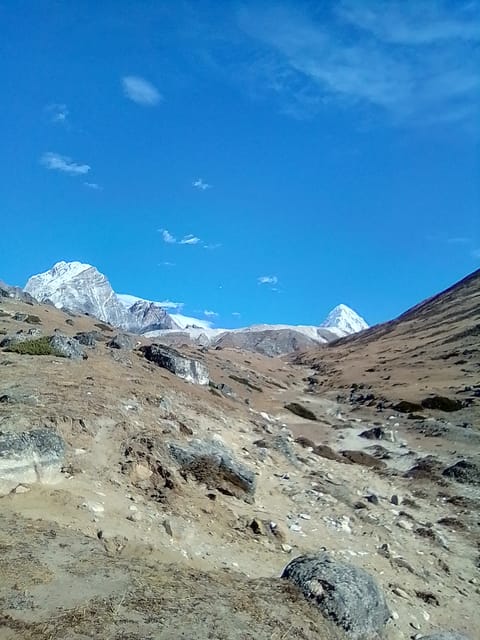
- The 21-day Everest Base Camp Three Passes Trek starts in Kathmandu, offering stunning views of Mount Everest, Gokyo Lakes, and Ngozumpa Glacier.
- The trek crosses three high passes: Kongma La (5,535m), Cho La (5,420m), and Renjo La (5,360m), providing panoramic Himalayan vistas.
- Proper acclimatization is crucial, with scheduled rest days in Namche Bazaar and Dingboche to allow the body to adjust to the high altitudes.
- Trekkers can enjoy Sherpa culture, visit ancient monasteries, and interact with local communities along the route.
- The trek is led by experienced, English-speaking guides and includes airport pickup in Kathmandu, ensuring a well-organized and supported journey.
Trek Overview and Highlights

The Everest Base Camp Trek is a challenging, 21-day journey through the Khumbu region of Nepal. Priced from €1,868.34 per person, this trek offers stunning views of Mount Everest, the Gokyo Lakes, and the longest glacier in Nepal, the Ngozumpa Glacier.
Trekkers will cross three high mountain passes: Renjo La (5,360m), Cho La (5,420m), and Kongma La (5,535m), providing opportunities to spot diverse wildlife, including snow leopards and musk deer.
The trek is led by experienced, English-speaking guides, and includes airport pickup in Kathmandu.
With its combination of natural beauty and physical challenge, the Everest Base Camp Trek is a true highlight for adventurous travelers.
Ready to hit more trails? More hiking adventures we feature in Namche Bazar
Itinerary Overview
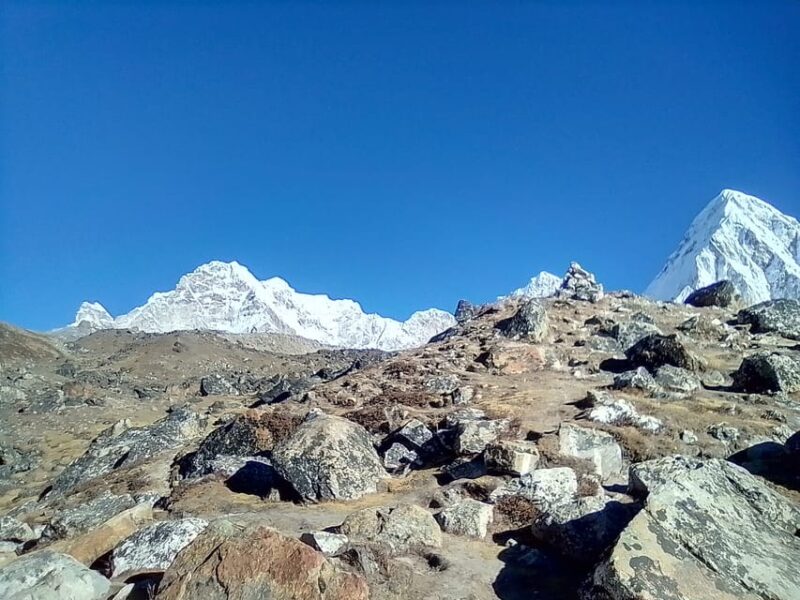
The 21-day Everest Base Camp Trek follows an extensive itinerary that takes trekkers through the breathtaking Khumbu region.
After arriving in Kathmandu, travelers spend a day preparing for the trek and exploring World Heritage Sites. From there, they fly to Lukla and gradually ascend, reaching Namche Bazaar, Tengboche, Dingboche, and Chhukung.
The trek’s highlight is reaching Everest Base Camp at 5,360m, with stops at the challenging high mountain passes of Kongma La, Cho La, and Renjo La along the way.
Acclimatization days in Namche and Dingboche ensure trekkers are prepared for the high altitudes.
With expert guides, trekkers can enjoy the region’s stunning landscapes and vibrant Sherpa culture.
Crossing the High Passes
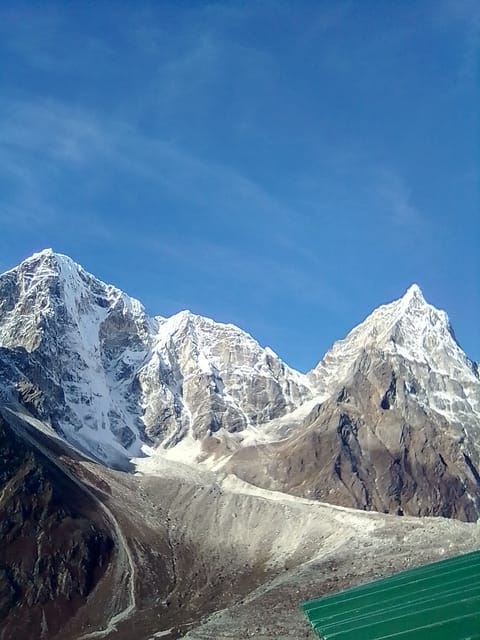
Trekking through the high mountain passes of Kongma La, Cho La, and Renjo La is the true highlight of the Everest Base Camp trek.
Kongma La, at 5,535m, offers panoramic views of Ama Dablam.
Cho La, at 5,420m, connects the Gokyo Valley to Everest Base Camp and provides stunning vistas of the Gokyo Ri and Ngozumpa Glacier.
Renjo La, at 5,360m, leads to the Thame village and grants breathtaking sights of Everest, Lhotse, and the Gokyo Lakes.
Crossing these high passes requires proper gear, physical fitness, and cautious acclimatization.
But the rewards are unparalleled, with the opportunity to witness Nepal’s dramatic landscapes and diverse wildlife.
Acclimatization and Fitness
Proper acclimatization and physical fitness are paramount for successfully completing the Everest Base Camp trek. The high-altitude nature of the trek requires gradual ascent and scheduled rest days to allow the body to adjust to the changing environment.
Trekkers should arrive in Kathmandu several days early to begin the acclimatization process and participate in the pre-trek sightseeing activities.
Physical training focused on cardiovascular endurance, strength, and flexibility is essential to tackle the challenging terrain and manage the high altitudes.
Gear preparation, including proper trekking boots and cold-weather clothing, is also crucial for a safe and comfortable journey.
With the right mindset, preparation, and guidance, adventurers can conquer the Everest Base Camp trek and its renowned three high mountain passes.
More Great Thing To Do NearbyCultural Immersion
Immersing oneself in the rich cultural tapestry of the Khumbu region is a captivating aspect of the Everest Base Camp trek. Trekkers have the opportunity to interact with the Sherpa people, known for their resilience and deep connection to the Himalayas. Along the trail, they will discover ancient monasteries, prayer wheels, and traditional Tibetan-influenced architecture.
| Cultural Highlights |
|---|
| Visit Khumjung Village and Everest View Hotel |
| Observe Sherpa customs and traditions |
| Explore historic Buddhist monasteries |
| Interact with local schools and community members |
| Appreciate the region’s unique art and handicrafts |
Engaging with these cultural elements deepens the overall trekking experience, offering a glimpse into the incredible heritage of the Himalayan region.
Trekking Gear and Insurance
When embarking on the Everest Base Camp trek, having the right gear and adequate insurance coverage is paramount.
Trekkers must ensure they’ve high-quality, durable trekking boots, warm layers, and proper rain/wind protection.
Equally important is securing comprehensive travel insurance that covers medical emergencies, evacuation, and trip disruptions.
Many tour operators provide guidance on recommended gear and can arrange insurance policies tailored for the trek.
With the proper preparation, trekkers can focus on the incredible journey ahead, confident they’re equipped to handle the challenging terrain and unpredictable mountain environment.
Wildlife Encounters
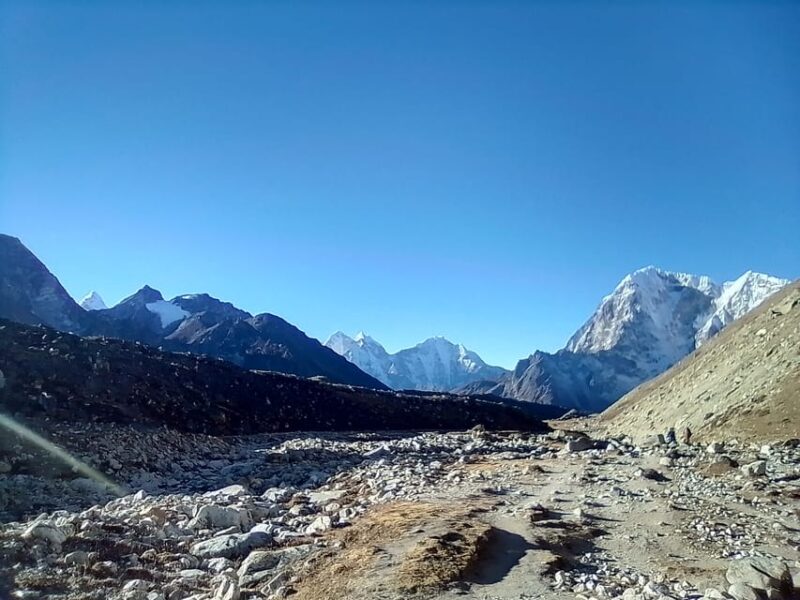
Trekkers along the Everest Base Camp route may spot an array of captivating wildlife amidst the rugged Himalayan landscape.
Sightings of majestic snow leopards, elusive Himalayan bears, and nimble Himalayan blue sheep aren’t uncommon. With patience and vigilance, one might even catch a glimpse of the iconic Himalayan musk deer, known for its distinctive scent gland.
Plus, the skies above often host soaring Himalayan griffon vultures and the distinctive Tibetan raven.
Respecting the natural habitat and following local guidelines is essential to ensure a rewarding and responsible wildlife encounter during this iconic Everest trek.
Cancellation and Refund Policy
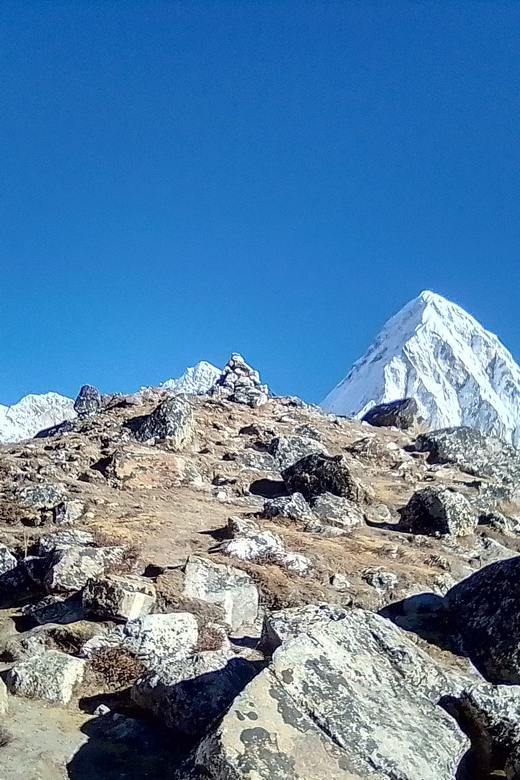
The Everest Base Camp trek offers travelers the flexibility to make last-minute changes to their plans.
The tour operator provides a free cancellation policy up to 24 hours before the start of the trek. This allows participants to receive a full refund if they need to cancel their trip for any reason.
Plus, the operator is willing to work with travelers to reschedule their trek if unexpected circumstances arise.
This policy provides peace of mind and ensures that travelers can book their dream Everest adventure with confidence, knowing they’ve the option to adjust their plans if needed.
Frequently Asked Questions
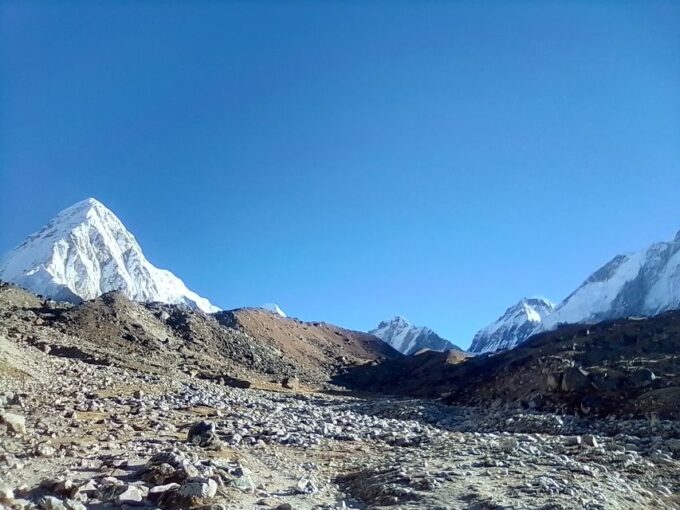
What Is the Typical Group Size for This Trek?
The typical group size for this challenging trek is around 6-12 participants. The tour operator ensures a personalized experience with a live guide and provides all necessary support for crossing the three high mountain passes safely.
Are There Any Age Restrictions for Participants?
There are no strict age restrictions for this trek, but participants should be physically fit and able to handle the challenging terrain and high altitudes. The tour operator generally recommends the trek for those aged 18-65 years old.
How Experienced Do I Need to Be for This Trek?
This trek is considered challenging, requiring good physical fitness and prior experience with high-altitude trekking. Participants should have completed several multi-day treks in mountainous terrain before attempting the Everest Three Passes Trek.
Can I Customize the Itinerary to My Preferences?
The trek’s itinerary can be customized to suit individual preferences. Travelers can work with the tour operator to modify the route, accommodations, and activity levels to match their fitness levels and interests within the trek’s overall scope.
What Is the Weather Like During the Different Seasons?
The weather on the trek can vary greatly by season. Generally, the best conditions are during spring (March-May) and autumn (September-November), with mild temperatures and clear skies. Winters are cold, while summers are warmer but may have more rainfall.
Recap
The 21-day Everest Base Camp Three Passes Trek from Kathmandu offers an unparalleled adventure through Nepal’s stunning Khumbu region. This challenging journey features breathtaking views of iconic peaks, including Mount Everest, while crossing high passes. With experienced guides and acclimatization days, trekkers can safely navigate diverse landscapes and engage with vibrant Sherpa culture, promising an unforgettable experience filled with natural beauty and culture.
You can check if your dates are available here:More Hiking & Trekking Tours in Namche Bazar
More Tour Reviews in Namche Bazar
Not for you? Here's more things to do in Namche Bazar we have recnetly reviewed
- 4 Best Tours In Namche Bazar
- 6 Best Helicopter Flights And Tours In Namche Bazar
- 8 Best Hiking And Trekking Tours In Namche Bazar
- Mt.Phari Lapcha Peak Climbing
- Mt.Kyazo Ri Peak Climbing
- Everest Base Camp Tour
- Everest Base Camp Trek 12 Days
- Everest Base Camp Trek With Helicopter Return
- Lobuche East Climbing
- Mt.ABI
- Ride Horse to Everest Base Camp
- Everest Three High Passes Trek: 17-Day Guided 3 Passes Trek
